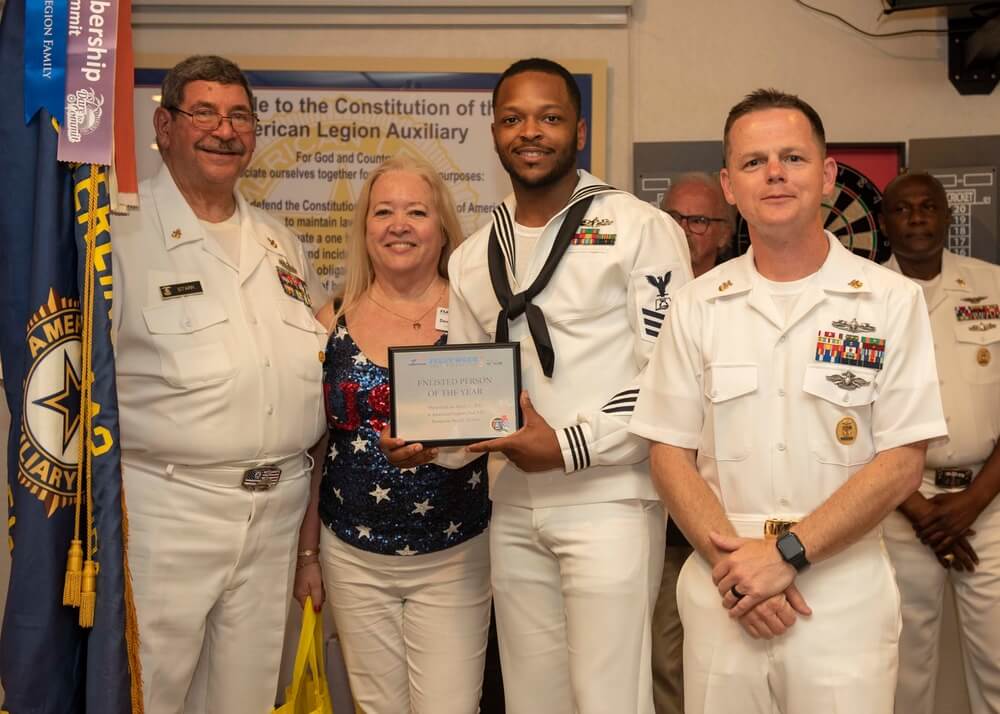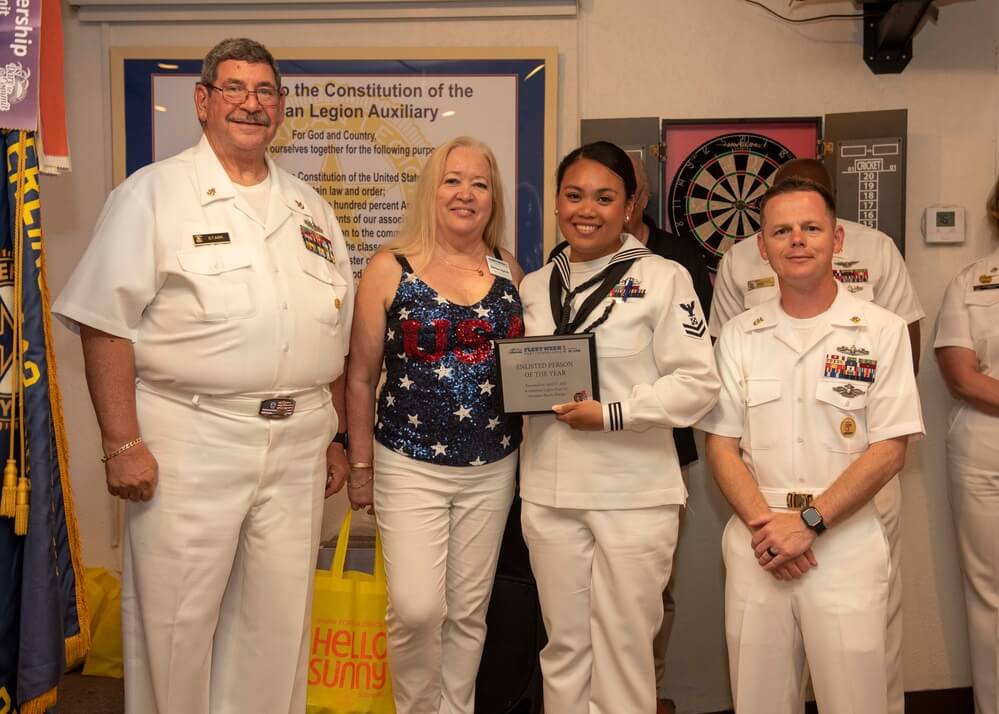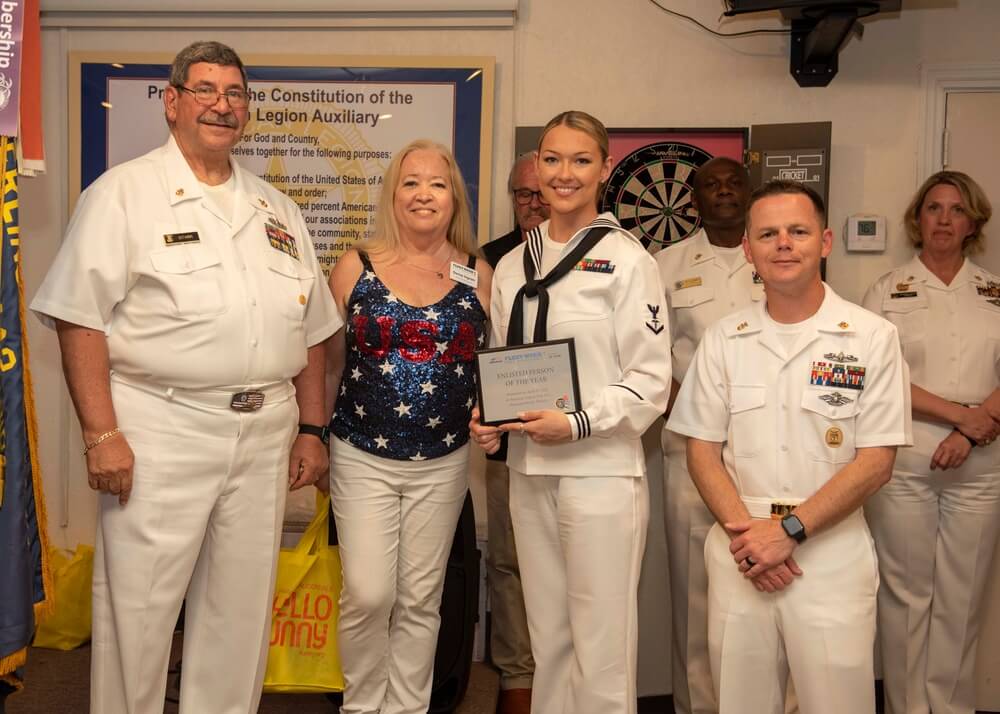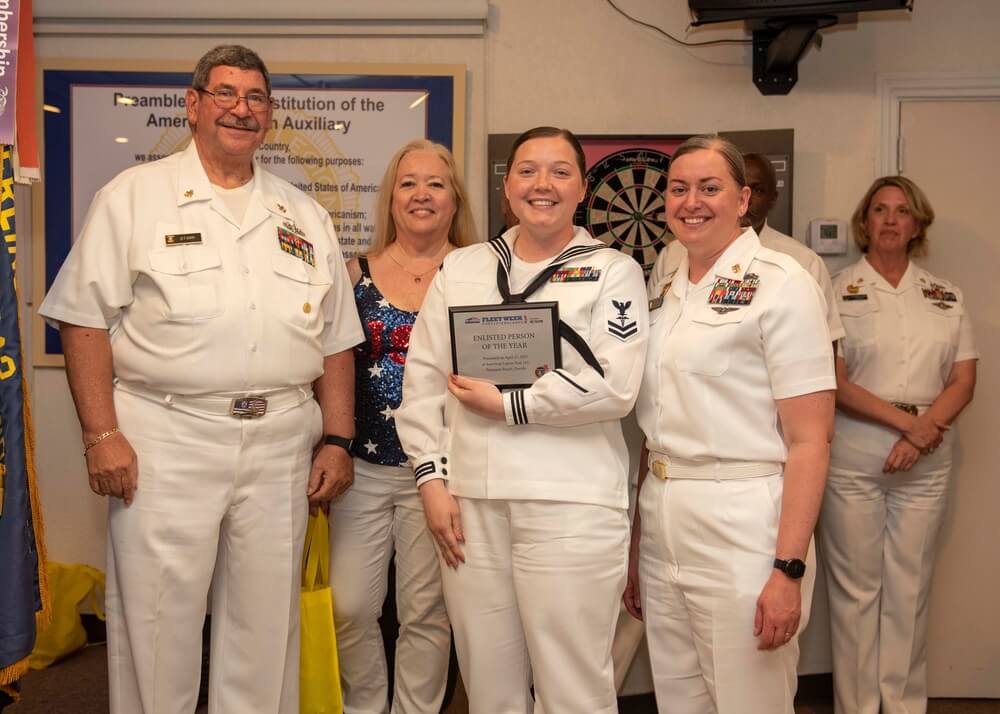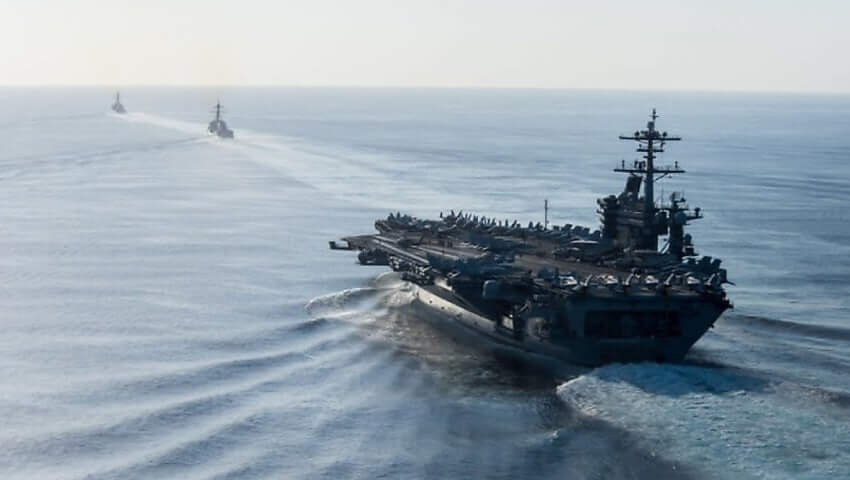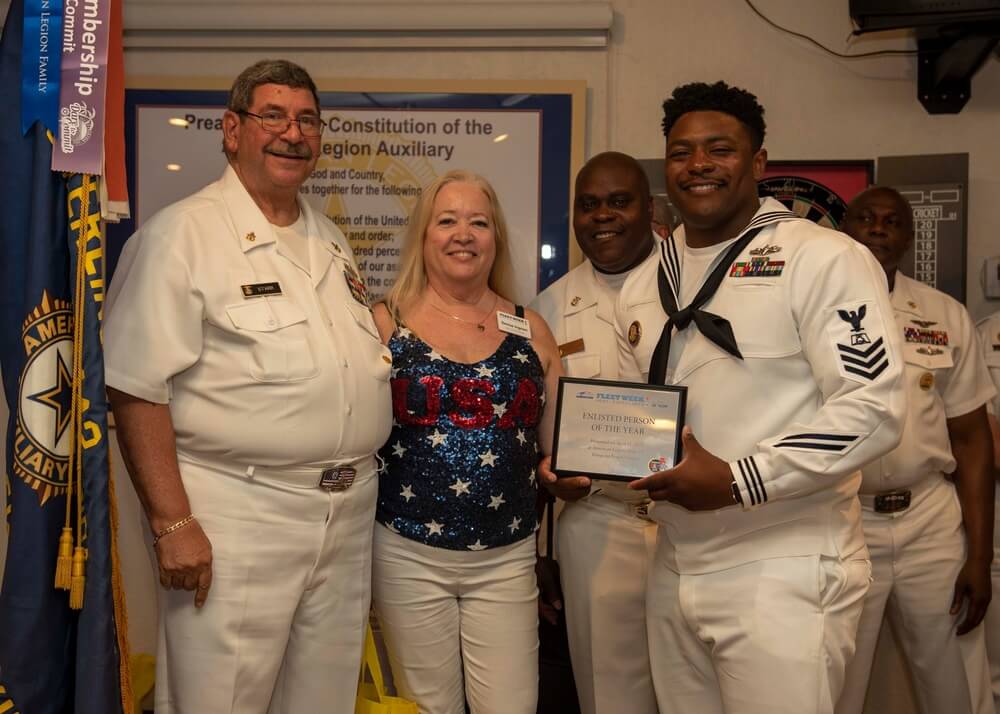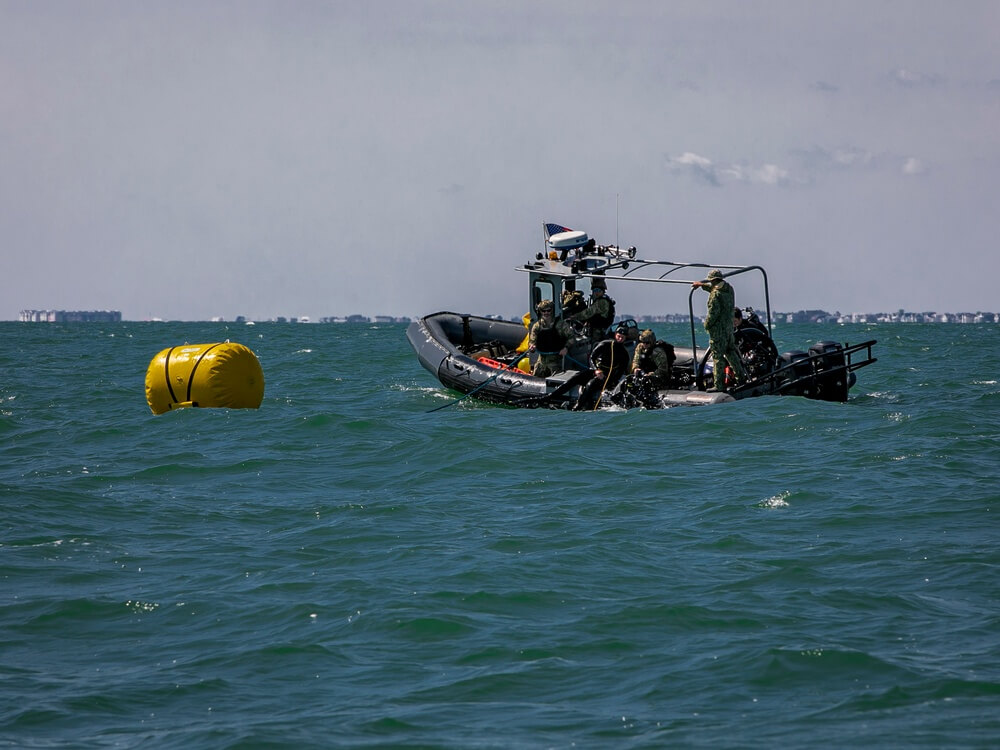
Introduction
As part of the Navy Expeditionary Combat Force (NECF), the US Navy’s explosive ordnance disposal (EOD) teams play a critical role in clearing and protecting the battlespace from a range of explosive hazards. To ensure these teams are prepared for any threat, they regularly participate in exercises like Crab Exercise (CrabEx). Hosted by the Explosive Ordnance Disposal Training and Evaluation Unit 2 (EODTEU 2), CrabEx is a training exercise that requires EOD units to clear a range of simulated explosive threats using special operations mobility tactics and advanced technologies. In this blog post, we’ll take a closer look at CrabEx and how it helps to keep the US Navy’s EOD teams ready for action.
Summary
Crab Exercise (CrabEx) is a training exercise hosted by the Explosive Ordnance Disposal Training and Evaluation Unit 2 (EODTEU 2) that helps the US Navy’s EOD teams prepare for any threat. During CrabEx, EOD units must clear a range of simulated explosive threats using special operations mobility tactics and advanced technologies. The exercise ensures that the US Navy’s EOD teams are ready to clear and protect the battlespace from a range of explosive hazards.
Key Takeaways
Crab Exercise (CrabEx) is a training exercise that helps the US Navy’s explosive ordnance disposal (EOD) teams prepare for any threat.
EOD units participate in CrabEx to clear a range of simulated explosive threats using special operations mobility tactics and advanced technologies.
The exercise ensures that the US Navy’s EOD teams are ready to clear and protect the battlespace from a range of explosive hazards.
Conclusion
The US Navy’s EOD teams are a critical component of the Navy Expeditionary Combat Force (NECF), responsible for clearing and protecting the battlespace from a range of explosive hazards. Through exercises like Crab Exercise (CrabEx), these teams are trained to be ready for any threat that may arise.
As Americans, we should take pride in the US Navy’s dedication to keeping our country safe and support the mission of Americans for a Stronger Navy to ensure that the Navy has the resources it needs to maintain readiness and protect our freedom at home.



